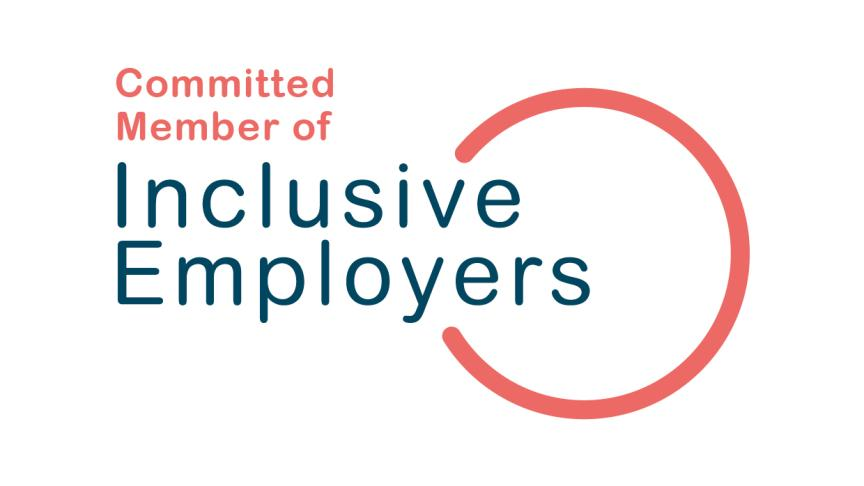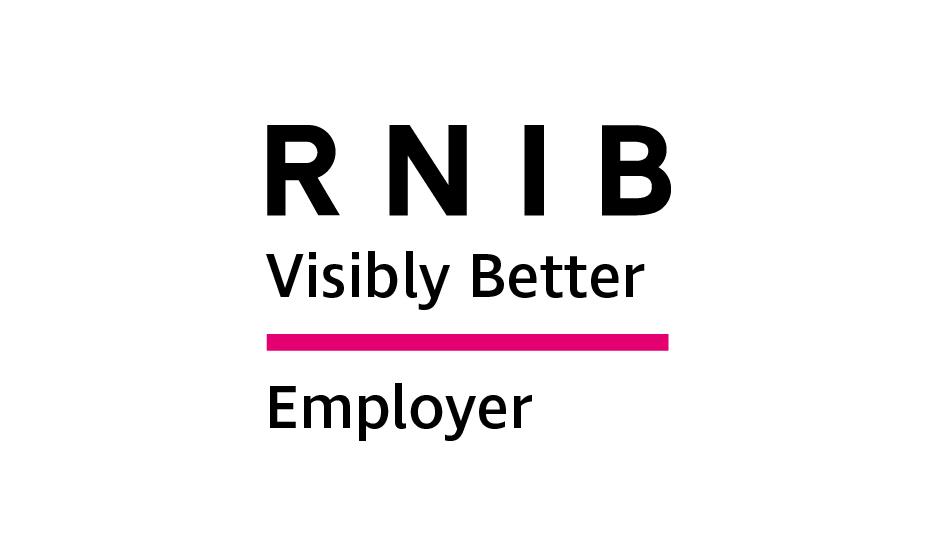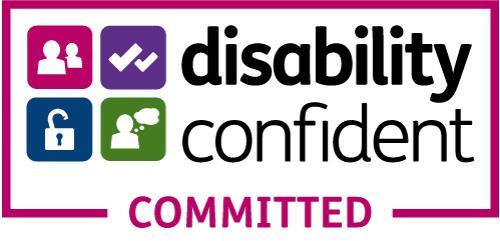
Gender pay gap report 2024
Download the British Business Banks Gender and ethnicity pay gap report - 2024
How are we addressing our gender and ethnicity pay gap?
Increases in our gender and ethnicity pay gaps are not where the Bank wants to be. We recognise that addressing the structural imbalances within our organisation, particularly at senior leadership and middle management levels, requires a long-term and intentional approach to developing a more diverse talent pipeline. Reducing these gaps is not a challenge that can be resolved in a single year; rather, it demands a strategic focus on how we attract, develop, and retain diverse talent at all levels. While the impact of our actions may not be immediate, they are essential for driving meaningful, sustainable change that will deliver long-term benefits
In 2023 the Bank set out its first diversity, equity and inclusion strategy, which aims to close diversity gaps within our leadership, ensure equitable access to opportunities and resources and promote a culture of inclusion to unlock the potential of the Bank’s diverse talent.
We recognise that our organisation should represent the communities that we serve and that internally we need to meet the market standards that we set for our delivery partners to continue to create an environment where diverse talent can thrive. Since the launch of the strategy, we have :
Established measurement of key metrics, including the level of inclusion felt by our colleagues through our annual employee engagement survey.
Driven accountability through shared leadership people focused objectives.Continued to analyse our recruitment processes to ensure they are fair and free from bias.
Continued to analyse our recruitment processes to ensure they are fair and free from bias.
Updated key policies and processes including our secondment and promotion principles, family leave policies and the Bank’s diversity, equity, and inclusion policy.
Implemented the first phase of the Bank’s new career framework providing clearer and more defined routes for career progression.
Launched a structured internal mentoring scheme
Updated our leadership behavioural framework to ensure an inclusive approach is a pillar in our leadership.
Tested and calibrated our talent, succession and performance management processes to ensure there is no bias towards any protected characteristics, including gender and ethnicity.
Despite the progress we have made internally to ensure diversity, equity and inclusion are embedded into everything we do, we know we still can do more to address the structural imbalances which are contributing to the pay gaps in our organisation. The actions we have already taken highlight initiatives that enhance inclusion across the Bank, a more deliberate and targeted approach is required to reduce both the gender and ethnicity pay gaps. Addressing these disparities will require a combination of long-term structural changes and interventions that deliver impact. Through our upcoming people strategy, we plan to introduce:
Strategic Workforce Planning
Taking a more intentional approach to resourcing by assessing workforce needs with a longer-term view. This will ensure we have the right skills at the right time and enable us to proactively plan how and where we source talent
Enhancements to Inclusive Recruitment Practices
Reinforcing our commitment to equitable hiring by mandating diverse shortlists from external recruitment partners and, where appropriate, incorporating blind recruitment to further minimise the risk of bias in selection processes.
An analyst academy
Establishing a dedicated entry point into financial services, allowing us to continue to attract diverse talent at junior levels. The Analyst Academy will provide structured learning and development, helping to cultivate the next generation of financial services professionals.
Targeted Talent Development
Strengthening our talent review and succession planning processes to identify high-potential internal talent and provide them with targeted talent development.
Internal Leadership Pathways
Exploring opportunities to develop an internal talent programme that supports the progression of junior colleagues into leadership roles and senior investment manager positions, ensuring a clear and structured career trajectory.
The Bank remains committed to diversity, equity, and inclusion and recognises the value of diverse talent to enable the Bank to meet its strategic objectives. Our policies and programmes are designed to unlock the potential of our colleagues and cultivate a diverse community where talent is recognised and thrives. We continually review our polices and processes alongside our employee resource groups with the intention to further encourage conversations about diversity, equity and inclusion, to promote understanding, collaboration and a healthy, inclusive working environment.
Diversity data and our people processes
It is our ongoing commitment to continuously monitor and safeguard the integrity and fairness of our policies, processes, and structures to ensure equal opportunities for all:
We test our annual pay progression and promotions for any differences between men and women.
We test our bonus awards for any gender differences in the percentages of bonus pay-outs relative to their bonus opportunities.
We have an internal job evaluation system which considers the scope and the breadth of each role irrespective of the jobholder. This means that our internal Bands are not decided based on the person doing the job (in which case the system could be susceptible to biases) but based on the content of the job.
We test our yearly talent and performance management processes for representation against the wider organisational population.
We collect data to analyse our attraction and recruitment processes.
Women in Finance Charter
In March 2018, the Bank signed up to HM Treasury’s Women in Finance Charter which commits firms to supporting the progression of women into senior roles in the financial services sector by focusing on the executive pipeline and the mid-tier level.
The Charter was established in 2016, following a government review in 2015 which found that women made up only 14% of executive committees in the financial services sector. The Charter asks financial services firms to commit to four industry actions to foster gender balance in senior managerial roles. These are:
- Having one member of our senior executive team who is responsible and accountable for gender diversity and inclusion.
- Setting internal targets for gender diversity in our senior management.
- Publishing progress annually against these targets in reports on our website.
- Having an intention to ensure the pay of the senior executive team is linked to delivery against these internal targets on gender diversity.
Our commitment to the Charter
Over 400 firms, covering more than 1.3 million employees, have voluntarily signed the Charter, and are covered by its aspiration to tackle gender inequality in financial services. Charter signatories have increased female representation to 35% on average, up from 34% in 2022. This one percentage point average increase year-on-year has been slow and consistent since the Charter launched, and at this pace the signatory average should reach parity in 2038 – but not across all sectors. Since pledging to the Charter in 2018, the Bank has grown significantly to almost 600 colleagues. Through our signatory to the Charter, we are pledging to be one of the leading businesses in the financial services sector on the path to reduce gender imbalance.
Our commitment in September 2022 was:
That by end-September 2025, we will maintain at least 50% female representation within our Executive Committee, including attendees (within a 10% tolerance)
That by end-September 2025, we aim to achieve 40% female representation amongst our senior leadership team and feeder pipelines (Managing Directors and Directors)
That we would appoint one member of our senior executive team to be responsible and accountable for our commitments to the Women in Finance Charter. Because we consider this a priority for the business, we made this the responsibility of our Chief Executive Officer.
That we intended to link the pay of the senior executive team to delivery against our internal targets on gender diversity. We have a diversity objective included in the performance appraisal process for our senior executive team.
As part of our commitment to the Charter, we reported our progress against our targets as at July 2024 as follows:
50% of our Executive Committee members were women, up from 46% in 2023.
38.9% of our senior leadership team and feeder pipelines were women.
We’re continuing to work towards our targets ahead of our deadline in September 2025, at which point we’ll be setting new three-year targets under the charter to achieve by September 2028.
Other diversity, equity and inclusion (DEI) initiatives
We are proud to partner with the following organisations:


